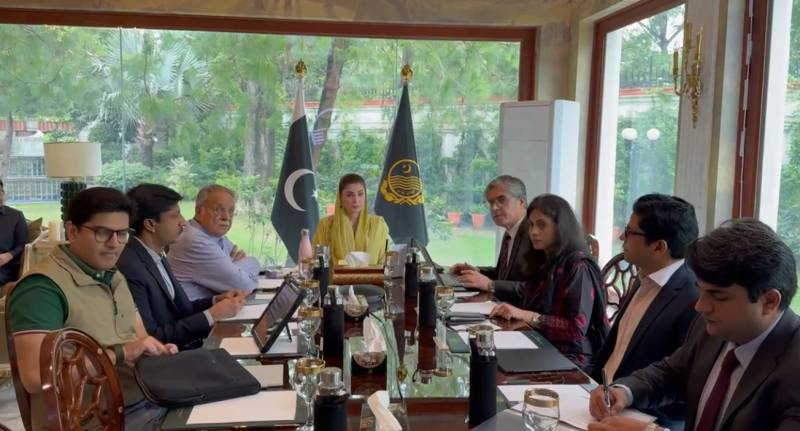Punjab Chief Minister Maryam Nawaz Sharif has given the people of Murree a major health boost by opening the Nawaz Sharif Cardiology Centre in Samli Murree. This new facility is part of a larger plan to modernize medical services in hill regions while also improving transport, tourism, and environmental conservation.
The Cardiology Centre features a modern Cardiac Catheterization Lab and cutting-edge medical technologies. Cardiologists and support staff will be available every hour of every day to provide uninterrupted care. The facility is housed in what was the Syed Muhammad Hussain Government Samli Hospital which is now being renovated and upgraded for the first time since its founding in 1930.
To make access easier, the government has arranged three dedicated buses for patients traveling from Murree to the hospital in Samli. Meanwhile additional health infrastructure is in motion. Plans include building a 100-bed hospital in Kotli Sattian and a 50-bed hospital in Bhurban. Mobile health services under the names “Clinic on Wheels” and “Maryam Nawaz Health Clinics” are now fully operational across Murree.
Beyond health the provincial administration promises infrastructure improvements in education and tourism. Schools are being upgraded. Mall Road in Murree is under major rehabilitation. To support local tourism a special force has been established. Wildlife and biodiversity parks are being worked on including restoration of Bansra Gali Park and the creation of a new biodiversity park. In transport the government also announced a train service between Rawalpindi and Murree and introduced fifteen new green buses. Free travel on some of those buses will be available for senior citizens women and persons with disability.
This launch of the cardiology centre represents more than just new medical equipment. It signals a promise of better access to specialized health care for high altitude communities. It also shows a government willing to combine health with broader public service development in transportation safety environment and tourism promotion. If carried through effectively it could reduce travel stress for patients avoid delays in critical cardiac care and provide a template for upgrading health services in other remote districts.
Efforts ahead must focus on maintaining high medical staff levels ensuring steady supplies and keeping the transport promises alive. The long term success of this project will depend on sustained funding transparent oversight and continued responsiveness to community health needs.



Comments (0)
No comments yet. Be the first to comment!
Leave a Comment